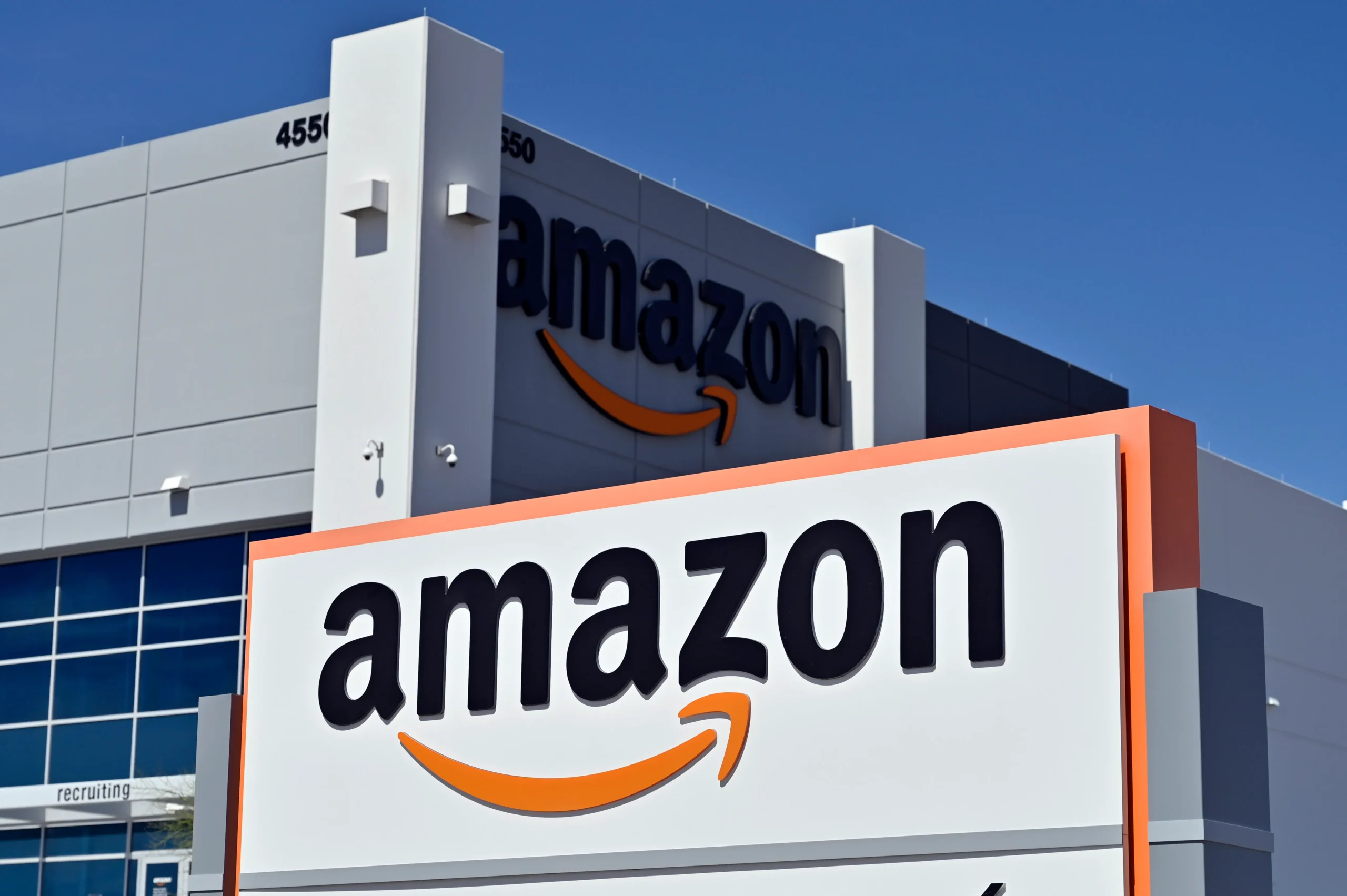The COVID-19 pandemic dramatically accelerated the growth of e-commerce in the Middle East, reshaping consumer behavior and driving a surge in online shopping. While e-commerce was already on an upward trajectory before the pandemic, the crisis pushed it into hyperdrive as lockdowns, social distancing, and store closures forced consumers and businesses to shift online. Today, the Middle East is witnessing a post-pandemic e-commerce boom, with digital retail becoming a permanent fixture of the region’s economic landscape.
This article explores the key factors contributing to the rise of e-commerce in the Middle East, the changes in consumer behavior, and how businesses are capitalizing on this shift to online retail.
1. Accelerated Digital Transformation During the Pandemic
The pandemic spurred rapid digital transformation across the Middle East, pushing businesses and consumers to adopt digital channels at an unprecedented pace. E-commerce became a lifeline for both consumers, who were confined to their homes, and businesses, which needed new ways to reach customers. As a result, online retail has boomed in countries like Saudi Arabia, the United Arab Emirates (UAE), and Egypt.
a) Surge in E-commerce Adoption
During the early months of the pandemic, online shopping saw a sharp rise, with consumers turning to e-commerce platforms for essential items such as groceries, personal care products, and electronics. According to a PwC report, Middle Eastern consumers increased their online shopping frequency, with 53% reporting they shopped online more frequently in 2020 than before the pandemic. This shift was particularly pronounced in countries like Saudi Arabia and the UAE, where digital infrastructure was already strong.
Noon.com, Amazon.ae, and Carrefour’s online platform were among the leading players that experienced significant growth. For example, Noon.com, a homegrown e-commerce platform in the UAE, expanded its logistics and delivery networks to meet the rising demand for online shopping, while Amazon strengthened its presence by enhancing its offerings in the region.
b) Small and Medium-Sized Enterprises (SMEs) Going Digital
SMEs, which form the backbone of many Middle Eastern economies, were also quick to pivot to e-commerce platforms during the pandemic. Many businesses, particularly in the retail, fashion, and food & beverage sectors, rapidly adopted digital solutions to sell their products online. Platforms like Zbooni, which provides businesses with an easy way to manage online payments and digital storefronts, helped SMEs transition to e-commerce, allowing them to survive and thrive during the pandemic.
2. Changing Consumer Behavior: Convenience and Variety
The pandemic altered consumer behavior in fundamental ways, with convenience and variety becoming critical drivers of e-commerce growth in the region. With more people working from home, the demand for contactless payments, home delivery, and click-and-collect services increased, further cementing the shift to online shopping.
a) Growth in Online Grocery Shopping
While e-commerce for electronics, fashion, and personal care products had already gained traction before the pandemic, online grocery shopping saw one of the biggest growth surges during COVID-19. Many consumers, particularly in Saudi Arabia and the UAE, shifted to online grocery platforms such as Instashop, Carrefour, and FreshToHome to avoid crowded stores and ensure safe, contactless deliveries.
According to a study by Kearney Middle East, the region’s online grocery market grew by over 300% during the pandemic, with this trend expected to continue post-pandemic as consumers appreciate the convenience of home delivery.
b) Expansion of Product Categories
E-commerce platforms in the Middle East have responded to the pandemic-induced surge in demand by expanding their product categories to include healthcare, home improvement, and fitness products. For example, Amazon.ae significantly increased its offering of home fitness equipment and personal protective equipment (PPE) during the pandemic. This shift in product categories reflects the changing lifestyle needs of consumers as they spend more time at home and focus on health, wellness, and comfort.

3. Rise of Mobile Commerce and Social Commerce
As smartphone penetration remains high in the Middle East, mobile commerce (m-commerce) has become a key driver of e-commerce growth. Consumers increasingly use mobile apps to browse, shop, and pay for goods, with retailers optimizing their platforms for mobile experiences. In countries like the UAE, Qatar, and Kuwait, mobile phones have become the primary tool for online shopping, with businesses leveraging this trend to offer seamless and personalized mobile experiences.
a) M-Commerce Driving Growth
E-commerce platforms such as Noon, Namshi, and Amazon.ae have invested heavily in their mobile apps, enabling users to easily navigate products, make payments, and track deliveries. These platforms have integrated features like one-click checkout, mobile wallets, and personalized recommendations, making mobile shopping fast and convenient.
With high smartphone penetration rates (over 90% in countries like the UAE and Saudi Arabia), mobile commerce is set to remain a dominant trend in the region’s e-commerce landscape.
b) Social Commerce: Leveraging Social Media for Sales
Social commerce, or the integration of social media and e-commerce, is also on the rise in the Middle East. Platforms like Instagram, Facebook, and Snapchat are increasingly being used by businesses to showcase products and allow consumers to make direct purchases through social media channels.
Retailers in sectors like fashion, beauty, and luxury goods have embraced social commerce to engage with younger, tech-savvy audiences. For instance, brands like Sephora and Namshi are using Instagram’s shopping features to enable consumers to browse and buy products directly through the app, blending social interaction with seamless shopping experiences.
4. Last-Mile Delivery and Logistics Innovation
As e-commerce continues to grow, last-mile delivery has emerged as a critical factor in determining the success of online retail in the Middle East. The pandemic revealed gaps in logistics infrastructure, prompting e-commerce players to invest in innovative delivery solutions that enhance efficiency and meet consumer expectations for speed and reliability.
a) Expansion of Delivery Networks
To meet the increasing demand for fast and efficient delivery, e-commerce platforms like Noon, Talabat, and Careem have significantly expanded their delivery networks. Many companies have partnered with local delivery providers, implemented dark stores (retail outlets or distribution centers dedicated solely to online orders), and adopted automated warehouses to streamline operations.
For instance, Carrefour introduced contactless delivery and expanded its click-and-collect services across multiple locations, allowing customers to order online and pick up their purchases at a convenient location.
b) Use of Technology in Delivery
In response to the pandemic, some e-commerce companies have experimented with innovative technologies to improve the delivery experience. Drones and autonomous delivery vehicles are being tested in the UAE to offer faster and contactless deliveries, especially for last-mile delivery in congested urban areas. These innovations are helping to address challenges such as traffic congestion and rising delivery costs while improving customer satisfaction.

5. Role of Government Initiatives and Support
Governments across the Middle East have played a crucial role in supporting the growth of e-commerce, particularly during the pandemic. Many countries have introduced digital transformation strategies and regulatory frameworks to encourage online business and improve logistics infrastructure.
a) Government Support for E-commerce Platforms
Governments in countries like Saudi Arabia, the UAE, and Egypt have introduced initiatives to support e-commerce growth, including offering incentives for online retailers, streamlining e-commerce regulations, and improving digital payment systems. Saudi Arabia, for example, launched its National E-Commerce Strategy as part of Vision 2030, aiming to boost online retail and create a more favorable environment for digital businesses.
Additionally, government-backed platforms like Dubai CommerCity, the region’s first dedicated e-commerce free zone, are helping attract international e-commerce players by offering tax incentives, logistics support, and access to regional markets.
b) Growth of Digital Payments Infrastructure
The rapid development of digital payments has also been supported by governments in the region, which have promoted the adoption of cashless transactions. Countries like Saudi Arabia and the UAE have encouraged the growth of mobile wallets and contactless payments, with national payment systems being integrated into e-commerce platforms.
As a result, consumers now have more payment options, ranging from credit cards and debit cards to Apple Pay, Google Pay, and local payment solutions like STC Pay in Saudi Arabia.
6. The Future of E-commerce in the Middle East
The post-pandemic e-commerce boom in the Middle East shows no signs of slowing down. With more consumers becoming accustomed to the convenience of online shopping and businesses continuing to invest in digital platforms, the region is expected to see sustained growth in e-commerce over the coming years.
Key trends likely to shape the future of e-commerce in the region include the growth of personalized shopping experiences, the use of AI and machine learning for better customer engagement, the rise of direct-to-consumer (DTC) brands, and the continued expansion of m-commerce and social commerce.
Image Courtesy Notice
At The Storiez, we value the efforts of photographers, artists, and content creators. The images featured in our articles are sourced from various news portals and online websites. We strive to ensure proper credit is given wherever possible. If you are the rightful owner of any image used here and would like to request its removal or correct attribution, please feel free to contact us. We respect intellectual property rights and aim to address concerns promptly.

